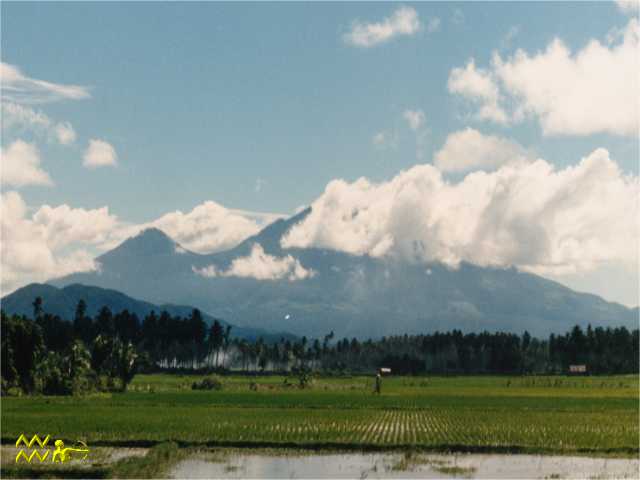ABOUT THE PROVINCE
I do not think that it is a coincidence, but the next
province that I am going to be posting about is named after a famous person
again. It is about the province of Quezon.
| Image source: Quezon Gov't |
The province was formerly known as Tayabas. In 1591,
Tayabas was created into a province under the name of Kalilayan. Its capital
was the ancient town of Tayabas, now a barrio in the town of Unisan where
ancient tombs and artifacts can be found.
In September 7, 1947, former President Manuel Roxas
renamed the province to Quezon, in honor of the late President Manuel L. Quezon
who was said to be the most illustrious son of Baler, formerly part of Quezon.
The province of Quezon, although close to the urban
Metropolitan Manila, maintained its rich culture and traditions. It is the
place to be when you want to escape the bustling city of Manila. It has the
both aspects of natural and cultural tourist attractions.
It is where Mount Banahaw is located, a 7,382-feet
extinct volcano which is famous for its mystical attributes. During Holy Week,
religious rituals are practiced by pilgrims who believed that Christ walked on
that mountain.
 |
| Image source: Malapascua Island |
It also has Polilio Islands to boast its beauty. Bird Island in Polillo, Lamon Bay, Puting Buhangin Beach in Pagbilao Grande… Just by hearing the names of these tourist attractions, you can already imagine what can be found in the area, diverse bird species, various living corals, and a white sand beach. It is the perfect place for a summer getaway.
 |
| Image source: Lakwatsera de Primera |
 |
| Image source: Pinoy Adventurista |
GEOGRAPHY
The province is composed of 41 towns and one highly urbanized city, which is Lucena City. The province has 1,248 barangays, which include the barangay of Lucena City.Quezon is one of the biggest provinces in the Southern Tagalog region in terms of land area. It is bordered by the province of Aurora in the north and Camarines Sur in the south. It is bounded on the west by the provinces of Aurora, Nueva Ecija, Bulacan, Rizal, Laguna, and Batangas and on the southeast by Camarines Norte and Camarines Sur.
CLIMATE
It has a mild-tropical climate. It also has two-pronounced seasons: the dry cold and dry-warm climate, and the cold moist and cold dry climate.LANGUAGE
Tagalog is widely spoken in the province.How to get there:
Travel time is 2-3 hours.Via Private Vehicle
- If you are from SLEx, take the Calamba exit then pass by the towns of Los Banos to Pagsanjan. You will take a right turn then left to Cavinti, Luisiana then Lucban.
- From Quezon City, there is also a route via Rizal Province.
Via Public Transportation
- There are numerous bus lines that go from Metro Manila all the way to Quezon province. (e.g. Jac Liner, Philtranco, South Star, etc) Terminals for Jac Liner are located at Kamias, Quezon City and Gil Puyat.
Sources:
http://www.backpackingphilippines.com/2011/05/how-to-get-to-lucban-quezon-map-commute.html
http://www.tourism.gov.ph/SitePages/InteractiveSitesPage.aspx?siteID=24
http://www.quezon.gov.ph/homepage/index.php?info=aboutpage
No comments:
Post a Comment